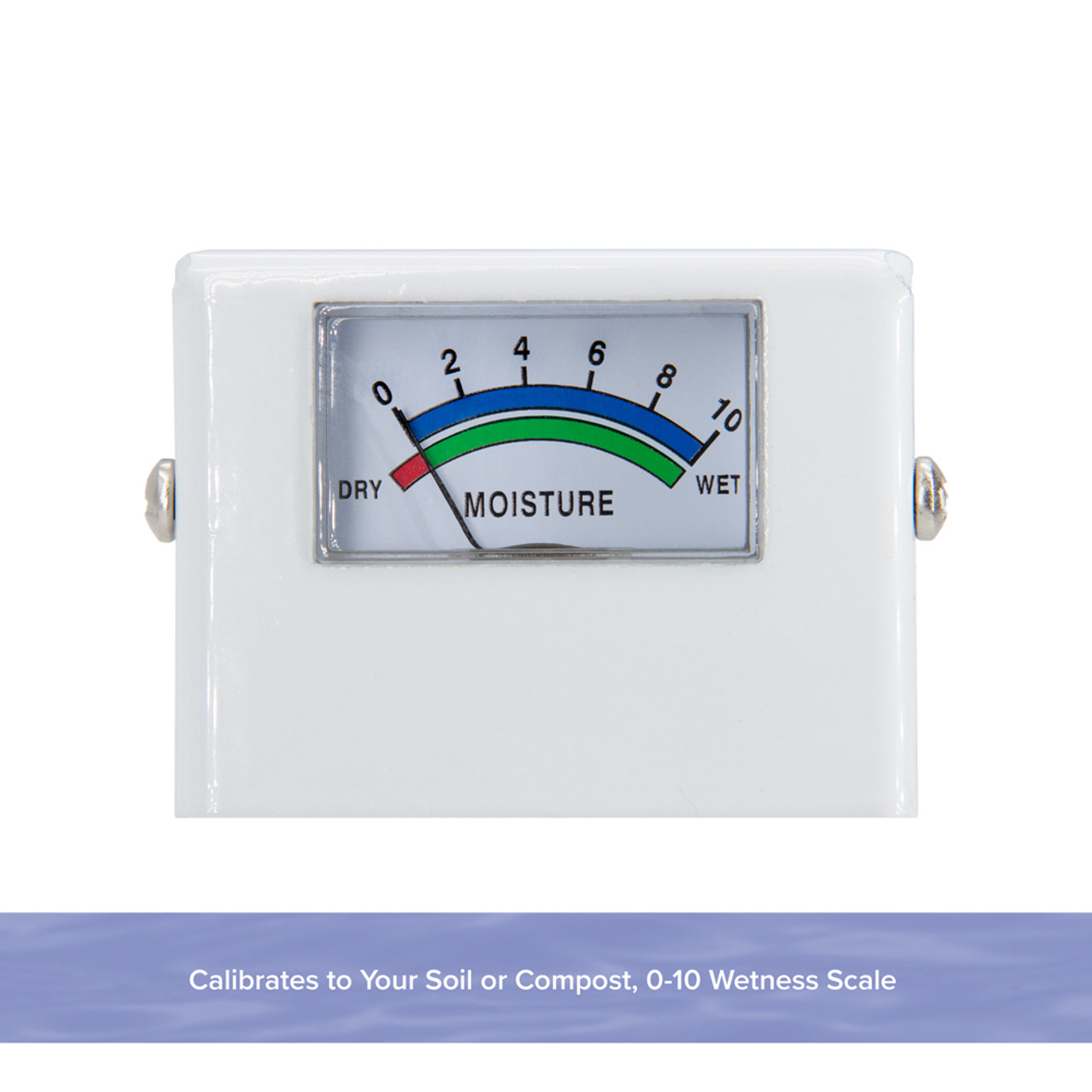Look Into the Globe of Moisture Meters: Whatever You Need to Know
In the world of moisture meters exists a world of accuracy and usefulness that typically goes unnoticed. These devices, while apparently simple, hold a wealth of details that can substantially affect various sectors and applications. Comprehending how moisture meters run, the different types readily available, and their diverse usages can lose light on their significance in ensuring top quality and effectiveness. By exploring the details of wetness meters, one can uncover a valuable device that goes beyond mere dimension, using insights that can make a substantial distinction in various fields.
How Moisture Meters Work
Moisture meters run by gauging the electrical conductivity or capacitance of materials to establish the moisture material existing. These meters are invaluable tools across numerous sectors, including building, farming, and woodworking. By utilizing different techniques such as pinless or pin-type technology, moisture meters offer precise readings that assist specialists make educated choices.
Pin-type dampness meters function by placing the sharp pins into the material being examined. On the various other hand, pinless dampness meters utilize electromagnetic signals to scan a bigger location without triggering any damages to the product's surface.
No matter the approach made use of, dampness meters play a critical duty in protecting against concerns such as mold and mildew development, structural damages, or product problems brought on by excess dampness. Comprehending how these meters work is crucial for making certain the top quality and stability of products in numerous applications.
Kinds Of Moisture Meters
Given the important function dampness meters play in different industries, it is vital to recognize the different kinds available to specialists for accurately analyzing wetness degrees - Moisture Meter. There are mainly 2 primary kinds of wetness meters: pin-type and pinless wetness meters

On the various other hand, pinless dampness meters use electro-magnetic sensor plates to check a larger area of the product without triggering any kind of damage. This kind is appropriate for promptly scanning big locations and is typically made use of for flooring, walls, and ceilings. Pinless meters are hassle-free for taking readings on completed surfaces without leaving any type of noticeable marks.
Both kinds of wetness meters have their advantages and are selected based upon the specific demands of the work at hand. Recognizing the differences in between these kinds is important for specialists to make accurate wetness analyses.
Applications Across Industries
Building and construction experts rely on dampness meters to evaluate the dampness levels in structure materials like drywall, concrete, and wood, which is vital for maintaining structural stability and preventing problems like rot or mold. The flooring market makes use of moisture meters to determine the moisture material in subfloors before installing numerous flooring coverings, protecting against costly damages due to excess dampness. In the food industry, wetness meters are made use of to keep track of and manage moisture degrees in products such as grains, nuts, and dried fruits to preserve quality and quality.
Tips for Utilizing Wetness Meters
When determining the moisture material in numerous products,Make use of the moisture meter's calibration settings to guarantee precise analyses. Calibration is crucial for the proper functioning of a wetness meter. Prior to each usage, it is suggested to examine and readjust the calibration settings according to the specific material being evaluated. In addition, see to it the meter is readied to the correct moisture variety for the product you are determining to acquire the most precise results.
When utilizing a pin-type moisture meter, insert the pins to the appropriate deepness suggested for the material being evaluated. This guarantees that the moisture analyses are extracted from the right depth within the material, giving an extra precise representation of its wetness material. For Check Out Your URL pinless moisture meters, bear in mind to keep appropriate contact with the product's surface area to get reputable readings.
Consistently inspect and replace the batteries in your wetness meter to stop imprecise analyses due to reduced power. Shop the meter in a completely dry and safe location when not being used to extend its lifespan and informative post preserve its accuracy. By complying with these pointers, you can make best use of the performance of your dampness meter and obtain exact moisture web content measurements throughout different materials.
Upkeep and Calibration
To ensure the accuracy of moisture material dimensions, routine upkeep and calibration of the wetness meter are crucial actions in its correct performance. Calibration adjusts the moisture meter to ensure that it gives regular and trustworthy results.
Calibration ought to be carried out regularly, especially if the moisture meter is made use of regularly or in essential applications where specific dimensions are needed. Many moisture meters feature calibration devices or can my link be calibrated by expert services. Moisture Meter. It is advised to maintain a log of calibration dates and results to track the efficiency of the wetness meter gradually. By adjusting the wetness and maintaining meter regularly, users can rely on the precision of the wetness material measurements obtained.
Verdict

In final thought, dampness meters play an important duty in various markets by precisely gauging the moisture material of products. Recognizing how these devices work, the various kinds available, and proper maintenance and calibration are necessary for getting dependable results. Whether in production, building and construction, or farming, using dampness meters aids ensure quality assurance and efficiency in processes.

In verdict, dampness meters play a critical duty in different industries by accurately gauging the dampness material of materials.